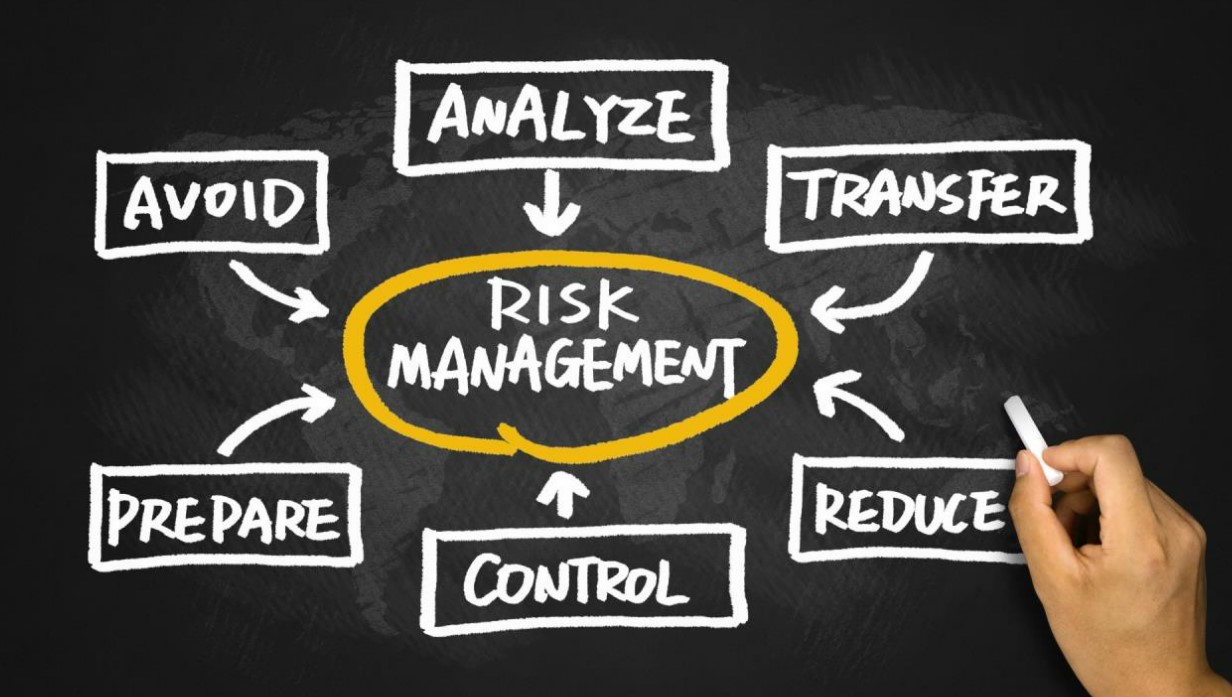Money management is generally the most important factor determining profit or loss in Forex trading strategies. This fact is so often overlooked that it must be repeated again and again. It is one of the key commercial essentials. The management of money itself will not give you a margin of victory-you need a good entry into trade and effective exit strategies for that-However, without smart fund management practices, a profit margin will not see your profit potential, and there is even the risk of a total loss.
There are two elements in money management that Forex traders must consider carefully: how much of their account is risked per transaction and the percentage of their account that must always be at risk, measured in full or by some kind of sector. There are no absolute answers to those questions, the best for you will largely depend on your own appetite for risk and your tolerance of loss, temporarily or permanently.
Risks in Your Account
Every time you open an operation you’re risking money. Even if you have a stop-loss, you could suffer a negative slide and lose more than you anticipated. Clearly, if you have many open trades at the same time, even if the whole holds a sense at the individual level, together can contribute to having an unacceptable level of risk. Similarly, if you keep many open trades betting all towards the same currency and in the same direction, you run the risk of a sudden loss beyond what is acceptable. So, it’s a good idea to determine a maximum number of open operations simultaneously; and repeat, but by coin.
For example, it is possible to determine that you will never have more than 2% of your risk account size in open trades or more than 1.5% at risk in a single currency. You should also be very careful when trading in currencies that are linked to another currency by your respective central banks. For example, someone who was short in the Swiss franc last January using even a relatively small amount of leverage of 4: 1 has probably had his account deleted, and this will be independent of whether you have any stop loss, as the movement has been dramatic.
Also, if you are trading with Forex or other instruments that maintain positive correlations, you may also need to put a limit on the total of open transactions that are strongly correlated. This becomes more important if you are operating beyond Forex, for example, oil and the Canadian dollar have a high positive correlation.
The exact amount of maximum risk you must take is up to you but bear in mind that once your account has been reduced by 25%, you need to increase it by 33% just to get back to square one. The lower it gets the worse it gets: a loss of 50% requires a 100% increase!
How Much Risk Per Transaction?
Now that you have some risk limits set for your account in general and by currency type, you must address a different issue as to the amount you must risk per transaction. Of course, it is okay to risk different amounts per operation, but this must be determined systematically.
There are different reasons that need to be analyzed in order to determine the size of the position in your Forex strategies, but any risk per transaction must be calculated as a percentage of its total capital. The capital of the total account can be determined by looking at the amount of cash obtained in your account-you must assume the worst-case scenario, that is, that each open transaction will result in losses.
There are two advantages to this method instead of simply risking the same amount and again this is independent of performance, which is the case when using a predetermined fixed batch size or a fixed amount of cash:
Forex strategies tend to produce payoffs or losses and not a uniform distribution of results. Using a share of capital to quantify the size of each trade, which means you will risk less when you lose and more when you are earning, which tends to maximize winning streaks and minimize bad streaks. You can never completely delete your account! Using a fixed batch size or cash amount could end your account, or at least cause a decline from which you can never recover.
Here are some of the essential elements to consider in determining the amount to be risked per operation:
– What would be the worst performance you could have and what would it look like? Could it deal psychologically with a reduction of 10%, 20%, or even worse? Should it go that far in negative territory?
– The frequency with which you negotiate will also be a factor, as this will have an impact on your maximum fall.
– What are your expected profit and loss percentages? Try your trading again. Let’s take an example, if you have a foreign exchange trading strategy where you plan to lose 80% of your trades, but earn 10 times the risk in the remaining 20%, your transaction risk should be lower than if you were planning to do 3 times your risk in 40% of your operations. And clearly, if you maintain an exit strategy that is flexible, immediately, just make a brief approximation of how it’s likely to turn out over time.
– Is it possible with the size of your account to negotiate as little as possible? Let’s take another example, if you have a $100 trading account, and what you want to risk is 1% for operation, you will have to risk a single penny per pip with a stop-loss of 100 pips. This could be impossible, depending on your broker. However, what you should do is capitalize up or otherwise change your business strategy instead of increasing your risk per transaction if that is the case.
– Is your trading account a savings product or a small amount of venture capital? If your total equity is $25,000 for example, and you have a $10,000 account, you could have less tolerance to falls by comparing it to a $1,000 account.
Always remember that your capital management strategy will act statistically with your earnings rate and the average size of your earnings to directly affect your gains or losses over time.
Stop Loss and Position Size
The stop loss should never be determined based on the minimum that can be allowed. Let’s look at an example… If you want to risk a maximum of $20 per operation, but the minimum size of the position with your broker is allowed to be $1 per pip, therefore this is a horrible reason to put a stop loss of 20 pips and a batch size of $1 per pip! What you could accomplish in this case is look for another broker or increase your trading account balance if you have enough venture capital to invest, or else find a Forex trading strategy that usually uses a stop loss of 20 pips, if you are comfortable with it.
However, it is legitimate to determine the stop loss by measuring average volatility, and, especially in trend trading, this in itself can be a very powerful money management strategy. For example, using a multiple of the average 20-day range to determine the cap, and then basing the size of the position on the percentage of account capital is a very common money management method within the trend strategies of Forex trading.
Even if you base your stop loss on technical levels, it may still be worth using a good measure of volatility to calculate the size of the position. For example, if the average range of 20 days is twice the range in a very long term, you can risk half of the reference risk per pip related to your account’s capital.






